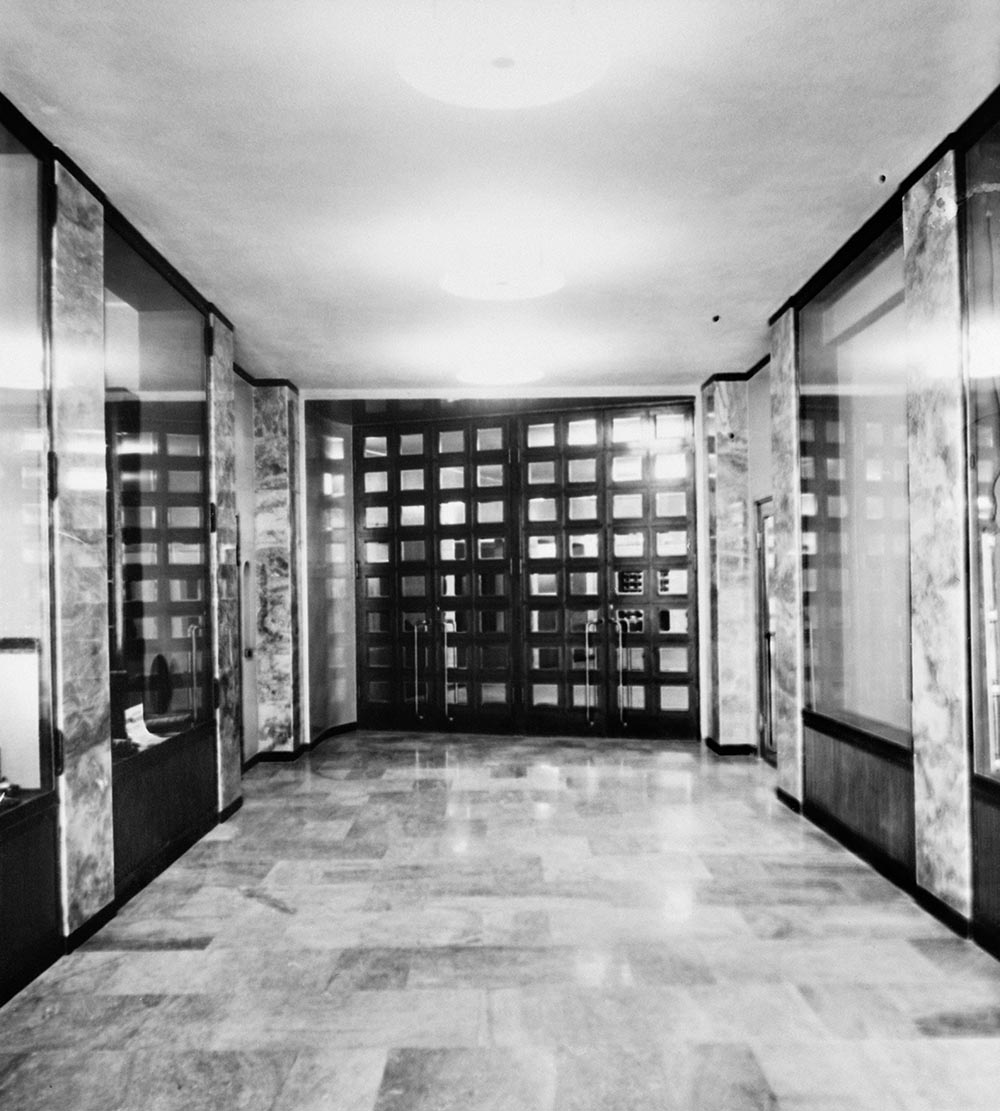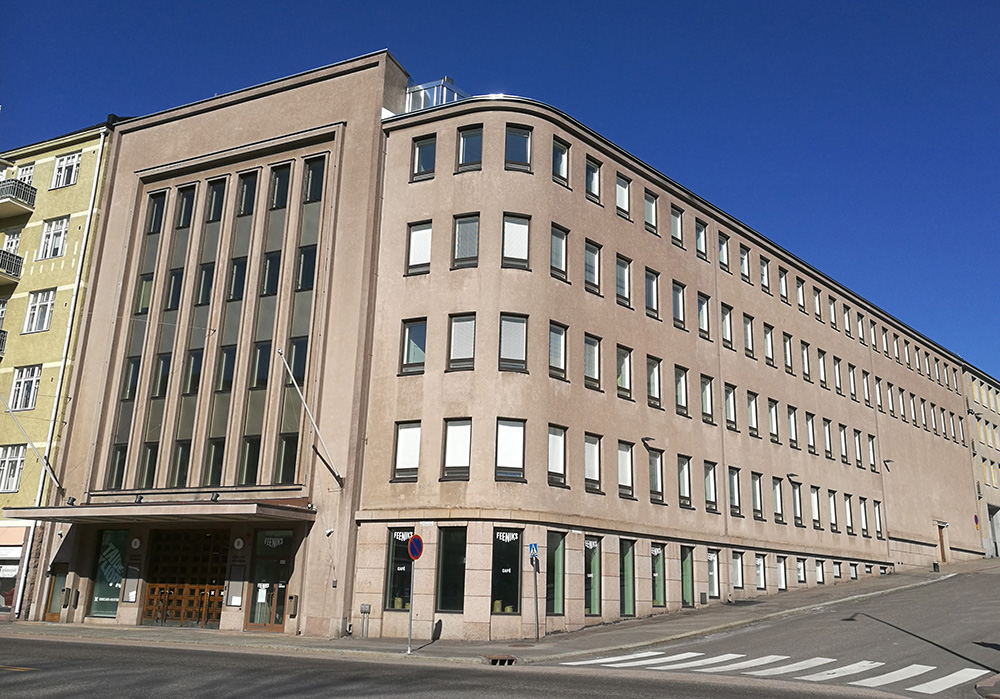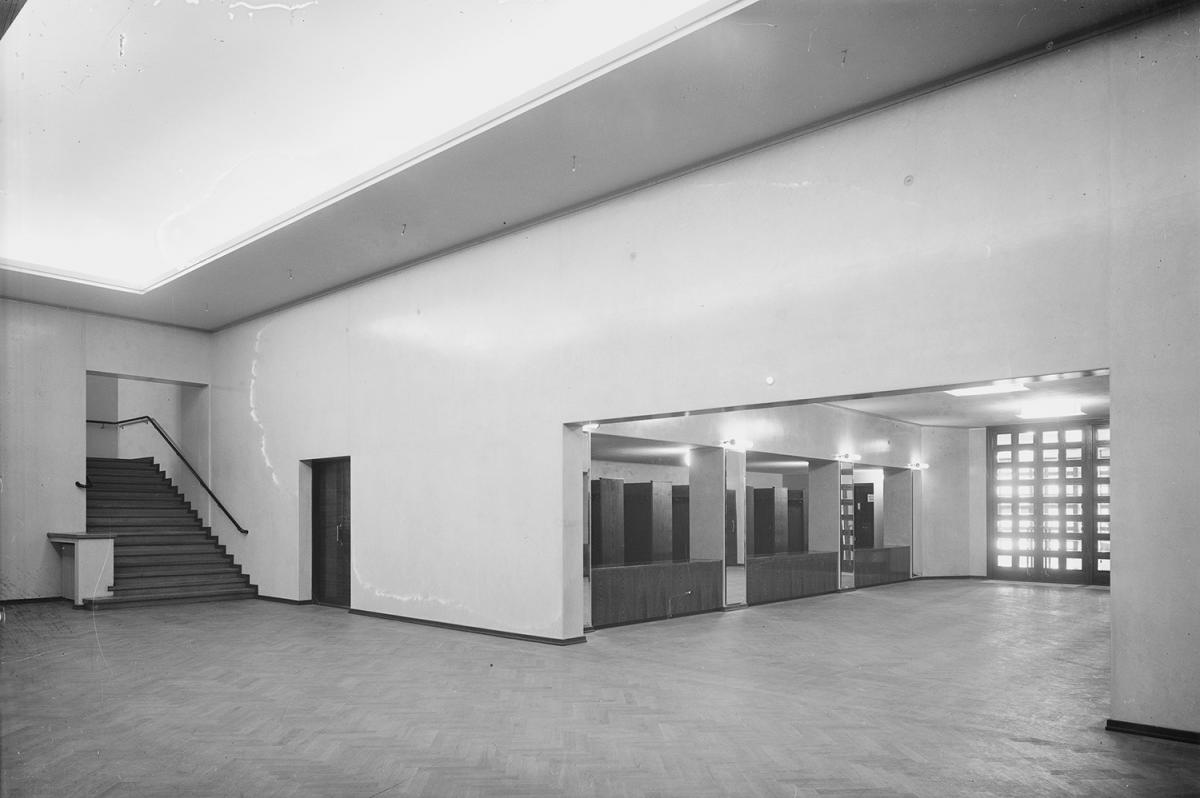Disagreement About the Architect’s Fee
The distinctive architecture of the house did not meet everyone’s expectations, and the architect’s fee was considered too high.

”Most of the building is a modest school building”
- Yrjö Sadeniemi in his statement of 20 February 1932
Architect Eino Forsman won the Conservatory building design competition. The building was in the classical style of the late 1920s, in which clear architectural features were in contrast with the preceding art nouveau decorativeness and abundance. There was a debate about Forsman’s final invoice. Some felt that the sum of the invoice was too high for the design work carried out.
The Board of Directors of the Helsinki Conservatory Foundation requested expert opinions on the amount of the fee. In its statement of 20 February 1932, Yrjö Sadeniemi, Director General of General Buildings, stated that Forsman’s invoice was based on an excessively high design category: ‘In my opinion, the class III architect charge rate in this case is too high rather than too low. When the definitions of the rate were drawn up at the time and placed in the IV category: “Public buildings that require the highest level of monumental building art, both outside and inside, such as castles, palaces, administrative buildings, larger theatre or opera buildings, concert and banquet buildings, stock exchange and bank buildings, city churches, larger museums, tombs and libraries, magnificent pavilions etc.”, therefore including concert and banquet buildings, it occurred to no-one that these would express such poor form and ornamentation as the building in question.’

In his statement (apparently requested by Forsman) on 25 May 1932, Oiva Kallio, Chairman of the Association of Architects’ Compensation Board, stated on the other hand that, according to his view, the reward ‘has been exceedingly fitting according to the interpretation of the criteria for determining architectural fees confirmed by the Finnish Association of Architects in 1923. Taking into account the special nature of the building with its specialised research, and the fact that decoration work has been invoiced on the same grounds as general construction costs, I think that the total fee is quite reasonable.’
After one year of negotiations, agreement was finally reached on the reward. The final result was slightly closer to the sum presented by the architect than that of the critical external evaluators.

Menneisyyden muistia tulevaisuutta varten
Tässä blogissa Riku Hämäläinen kirjoittaa Taideyliopiston muistitietohankkeen vaiheista. Hankkeen tarkoituksena on kerätä entisten ja nykyisten opettajien, oppilaiden ja muun henkilökunnan muisteluita taideopetuksen historiasta, arjesta, toiminnasta, sattumuksista, jne. tulevaisuuden tutkimuksia varten. Filosofian tohtori, dosentti Riku Hämäläinen toimii Historiafoorumin yliopistotutkijana. Hän johtaa muistitietohanketta, johon kuuluu niin uuden aineiston kerääminen kuin jo olemassa olevan arkistomateriaalin saatavuuden parantaminen.
Uusimmat julkaisut
Seuraa blogia